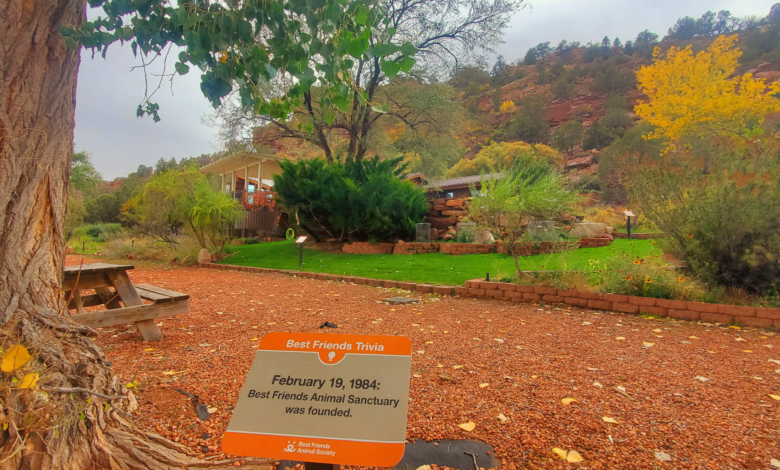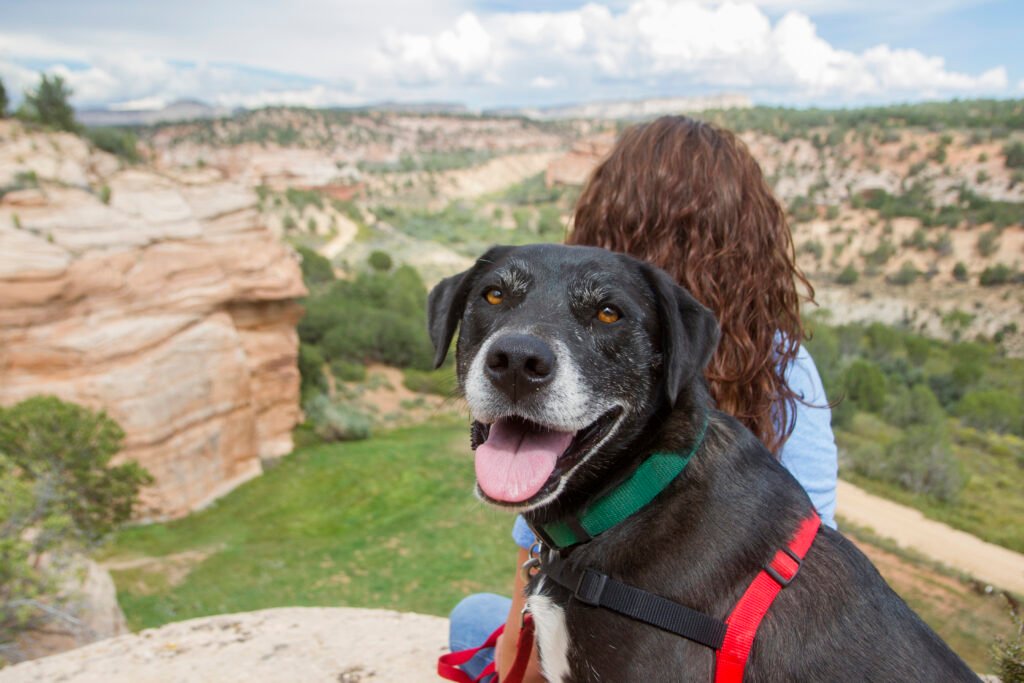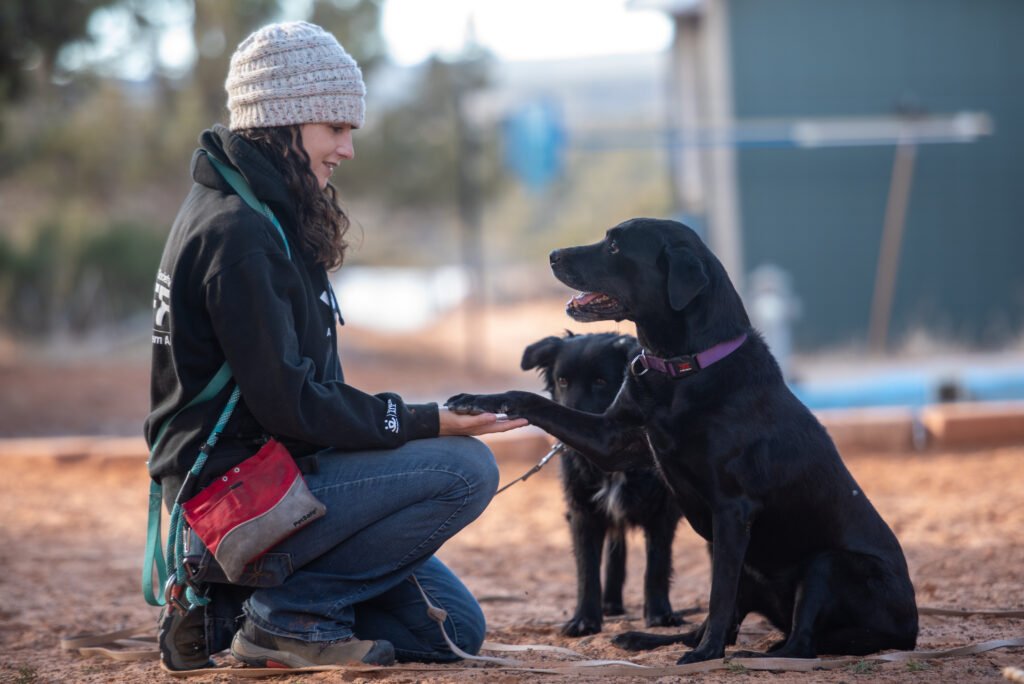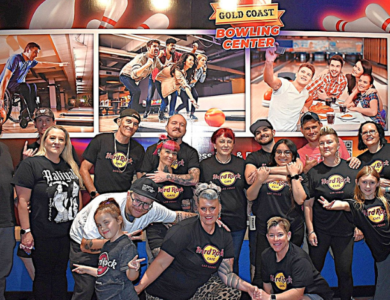We may earn a commission when you click on links across our website. This does not influence our opinions — learn more.
How a Desert Haven Became a Blueprint for the Future of Animal Welfare

In the red-rock canyons of Kanab, Utah, there’s a place where every bark echoes hope. Best Friends Animal Sanctuary — the largest no-kill companion animal sanctuary in the United States — sits on more than 4,200 acres of serene desert landscape. It’s a place where thousands of animals, once considered “unadoptable,” find not only safety but a second chance.
Sanctuary to Solutions
- • Inside Dogtown’s Revolutionary Approach to Shelter Reform and Adoption Practices
- • Barrier-Free Adoption and the Realities That Challenge It
- • Beyond the Shelter Walls - How Communities Hold the Key to a No-Kill Future
Dogtown, the sanctuary’s original and still-beating heart, is where it all began. Walking through its octagon-shaped buildings — a design inspired by an African rescue that helped shape Best Friends’ earliest facilities — you can feel how deeply every structure, every volunteer, and every routine is designed around care. The sanctuary’s approach isn’t glamorous or indulgent. It’s practical, purposeful, and centered entirely on the animals. Every dog has its own outdoor space, access to enrichment and socialization, and a team of caregivers dedicated to its medical, emotional, and behavioral needs.
Our tour guide, Jordan, explained that these structures have been standing since the 1980s, evolving alongside the sanctuary itself. From senior dogs to reactive rescues, every area operates with intention. There’s no luxury for show — only care that counts. And yet, the feeling here isn’t institutional. It’s deeply human. Volunteers move between kennels with calm, practiced ease. Veterinarians, caregivers, and behavior specialists collaborate daily. Even the dogs that can’t yet be adopted radiate a sense of calm, as though they know they’ve finally landed in a place that won’t give up on them.

That spirit — of never giving up — is the foundation of Best Friends Animal Society’s national mission: to bring about a no-kill nation. And it’s here, among the dogs of Dogtown, that the “Sanctuary to Solutions” idea comes to life.
A Model Built on Trust, Not Barriers
Best Friends has become a national thought leader in redefining how shelters operate, adopting an approach that focuses on connection over restriction. The sanctuary’s barrier-free adoption model challenges traditional notions of who qualifies as a “good adopter.” Rather than requiring home inspections, background checks, or rigid fencing requirements, Dogtown uses conversation-based matchmaking to build trust with potential adopters.
“Most people want to do the right thing,” says Ramon Villatoro, Director of Dogtown. “If you start from a place of trust instead of suspicion, you create more successful adoptions. It’s not about perfect homes — it’s about the right relationships.”
This approach has proven not only effective but transformative. Dogs who once languished in shelters due to age, medical needs, or behavioral challenges are now thriving in homes where adopters receive ongoing support, not scrutiny. It’s a model that prioritizes partnership over policing — one that fosters empathy and accountability on both sides of the adoption process.
Healing Beyond Rescue
For many dogs, Dogtown is more than a stop on the road to adoption — it’s where healing begins. The sanctuary’s behavioral rehabilitation and medical programs are some of the most advanced in the country, tackling everything from trauma-based reactivity to severe injuries. Each dog has an individualized care plan, complete with training, enrichment, and veterinary oversight.
Short-term fostering, field trips, and sleepover programs provide invaluable insights into a dog’s behavior outside the kennel environment. These experiences help caregivers better understand what each dog needs — and help potential adopters make informed decisions. As Michelle Sathe, Public Relations and Marketing Strategist, puts it, “Every interaction tells us something new. A car ride, a nap on a couch, even a walk in the park — those small moments help us find the right forever home.”

Through this combination of medical care, enrichment, and emotional rehabilitation, Dogtown transforms uncertainty into confidence. It’s a model that balances compassion with strategy — and one that many shelters nationwide are beginning to replicate.
Collaboration Is the Future
What truly sets Best Friends apart is its commitment to collaboration. The sanctuary doesn’t exist in isolation; it’s the hub of a national network of more than 4,000 partner organizations working toward the same no-kill goal. Through mentorship programs, training workshops, data sharing, and grants, Best Friends helps shelters of all sizes improve live release rates and strengthen community engagement.
One of the most impactful partnerships has been with the Navajo Nation, where Best Friends supports mobile veterinary services, community education, and spay/neuter clinics. These initiatives have drastically reduced stray populations while improving access to care in remote areas. It’s a reminder that solving the challenges of animal welfare requires not just compassion but cultural understanding and collaboration.
Closer to home, the same principles are guiding Nevada’s push toward no-kill. As shelters in Las Vegas and across the state align with these practices — barrier-free adoptions, transparent data reporting, community-supported sheltering — the collective impact grows. Policy conversations are catching up to practice, with advocates calling for statewide collaboration and funding for preventive programs.
Empowering People, Changing Culture
At its core, Dogtown’s philosophy is about people as much as it is about dogs. The sanctuary invites the public to participate through volunteering, fostering, adoption, and advocacy. Visitors leave not just with memories, but with knowledge — about responsible pet ownership, the benefits of spay/neuter, and the realities facing shelters. Educational programs for youth and adults alike emphasize empathy, compassion, and community involvement.

Every interaction builds a ripple effect. Volunteers become advocates. Adopters become donors. Students become the next generation of animal welfare leaders. Dogtown’s transparency — from its operations to its storytelling — reinforces the idea that everyone has a role to play in saving lives.
The Blueprint for a No-Kill Nation
Best Friends Animal Society has always believed that big change starts locally. Dogtown represents that philosophy in motion: a living model of how innovation, compassion, and collaboration can coexist. From its architectural roots inspired by global rescue partners to its modern adoption programs shaping national policy, Dogtown is both sanctuary and solution.
As the no-kill movement gains traction nationwide, Nevada’s shelters stand at a crossroads: embrace the collaboration that Best Friends models, or risk staying tethered to outdated systems. The success of Best Friends shows that no-kill isn’t a utopian goal — it’s a practical, scalable reality when trust replaces red tape and communities are empowered to act.
In the quiet canyons of Kanab, you can hear the future of animal welfare taking shape. It sounds like hope, like teamwork, like the steady heartbeat of a sanctuary that believes — and proves every day — that we can save them all.



